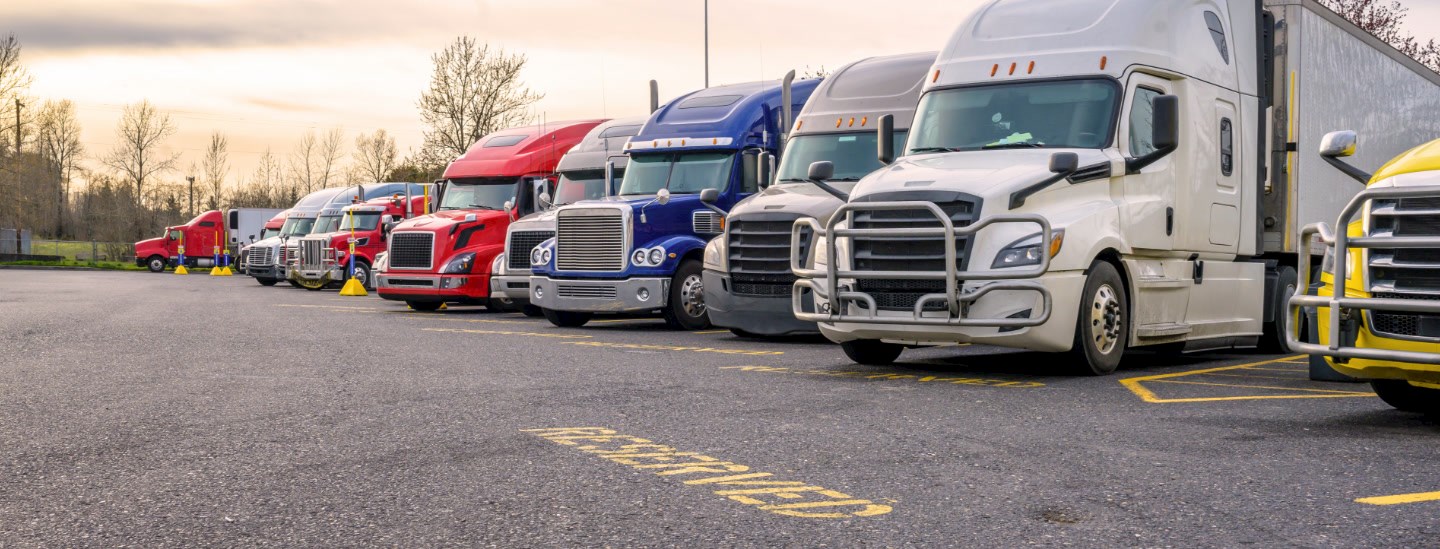Personal service and competitive protection for the trucking industry
We specialize in all lines of trucking insurance, whether you're an owner-operator or fleet manager. We combine experience and forward thinking to help you anticipate and manage risk with customized, comprehensive solutions and competitive pricing. Coverages include:
- Auto Liability
- Physical Damage
- Motor Truck Cargo
- General Liability
- Umbrella coverage
- Workers' Compensation
- Occupational Accident
- Freight Broker
- Employment Practices Liability (EPL)
- Owner-Operator Non-Business Liability (Bobtail coverage)
- Passenger Accident
Providing proactive strategies to minimize business and personal risk
Whether you own a business or need personal insurance to help protect your livelihood and loved ones, we offer a variety of coverages. We work to understand your unique needs and deliver risk management solutions tailored to them.

